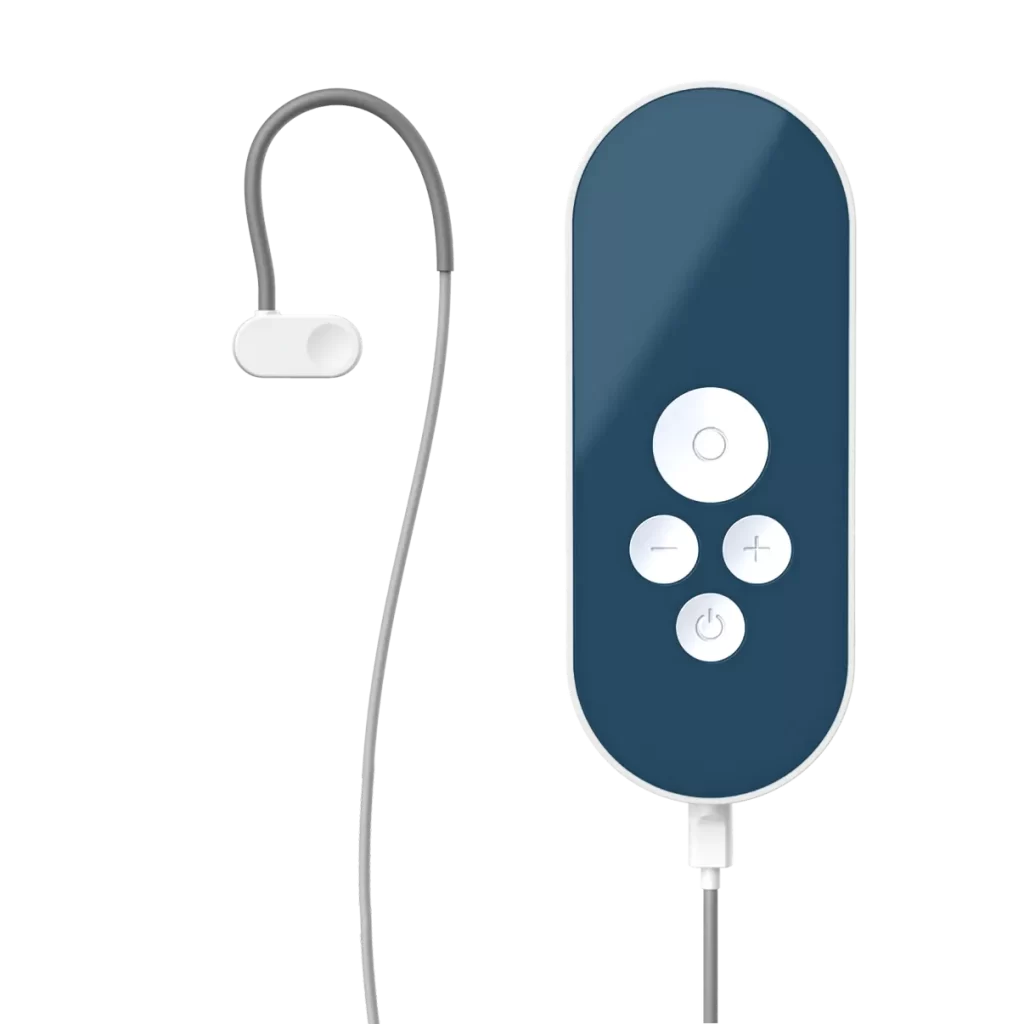Key Points
- Insulin delivery is evolving—from syringes to automated, connected systems that ease daily management.
- Closed-loop systems, smart pens, and wearable devices are improving precision and reducing mental burden.
- Emerging non-invasive and fully autonomous technologies offer future promise.
- Barriers such as cost, training, and equitable access remain critical to address.
The Next Chapter in Insulin Therapy: Moving Beyond Syringes
Every day, millions of people around the world rely on insulin to keep their blood sugar in check. For decades, the delivery method remained largely unchanged: vials, syringes, and the daily routine of self-injection. But now, engineering and digital health are revolutionising how insulin is delivered – from pumps that “think” to pens that automatically log every dose. These innovations are turning insulin therapy into a dynamic, real-time system that reduces errors and daily stress.
Why Better Insulin Delivery Methods Are Critical for Long-Term Health
For those managing blood sugar regulation problems, therapy has always been a balancing act: too little insulin and blood sugar spikes; too much and dangerous drops can occur. Traditional syringes and vials, though effective, often left users juggling timing, doses, and public stigma.
But the stakes go beyond daily inconvenience. Poorly controlled blood sugar can lead to nerve damage, kidney problems, vision loss, and higher cardiovascular risks. Improved insulin delivery technology is not just about convenience – it has the potential to profoundly improve health outcomes.
The Hidden Struggles of Traditional Insulin Injections
Even today, many users rely on manual injections. These methods come with pain points:
- Guesswork in dosing: Estimating carbohydrate intake or activity levels can lead to errors.
- Disruption of daily life: Carrying syringes and vials adds stress, especially in public or at work.
- Emotional toll: Many users report frustration and tiredness from the constant vigilance.
These burdens make a strong case for more intelligent, less intrusive delivery systems.
How New Insulin Technologies Work: From Pumps to Smart Pens
Insulin, a hormone that regulates how the body uses glucose, must be administered with precision. Unlike pills, which the digestive system breaks down, insulin requires a delivery route that bypasses the gut. That’s why injections became the gold standard more than a century ago.
Recent innovations, however, are leveraging wearable technology, sensors, and even nanoscience to rethink this model. Here are the front-runners:
- Advanced Closed-Loop Pumps
These systems pair continuous glucose monitors (CGMs) with insulin pumps controlled by algorithms. FDA-approved systems such as Omnipod 5 and Medtronic’s MiniMed 780G have demonstrated significant improvements in A1C and reduced hypoglycemia. The iLet Bionic Pancreas further simplifies therapy by adapting dosing using only body weight. - Smart Insulin Pens
Connected pens and caps sync with smartphone apps, logging doses and offering reminders. Studies confirm benefits such as improved glucose control, enhanced satisfaction, and potential cost-effectiveness. - Non-Invasive and Wearable Innovations
Research into oral capsules, inhalable powders, implantable pumps, and microneedle patches is ongoing. While promising, most remain in development or under regulatory review.
Everyday Benefits: How Modern Insulin Delivery Improves Quality of Life
Evidence shows that closed-loop systems and smart pens:
- Increase time-in-range and reduce blood sugar extremes.
- Lower A1C levels, a key indicator of long-term control.
- Reduce the mental load, because users no longer need to calculate every single dose or constantly guess on corrections.
- Enable greater flexibility with meals, exercise, and travel – since the system adjusts automatically in many cases.
Cost, Training, and Access: Barriers That Still Stand in the Way
Despite their promise, these breakthroughs remain out of reach for many. Costs for automated systems can reach several thousand dollars per year, creating disparities in access. Smart pens may offer a more affordable option, but effective use requires education and comfort with digital tools. Equity gaps remain particularly acute between urban and rural settings.
The Future of Insulin Delivery: Non-Invasive, Automated, and Personalised
The next frontier lies in fully autonomous systems. Research into adaptive algorithms powered by artificial intelligence has shown reductions in glycemic risk and hypoglycemic events. Oral and implantable systems remain a long-term goal, but momentum is building toward therapies that remove the need for active user input altogether.
Final Word: Redefining Life with Blood Sugar Regulation Problems
Modern innovations in insulin delivery go beyond gadgets – they are reshaping how people live with and manage blood sugar regulation problems. From responsive pumps to connected pens, these tools reduce daily burdens while promising stronger health outcomes. Though challenges of cost and access remain, the trend toward automation, precision, and dignity in therapy is unmistakable. With each breakthrough, insulin therapy shifts closer to becoming an invisible but powerful support system.
Your Next Steps:
If you’re curious, talk to your healthcare provider about whether a smart pen or automated pump could be right for you – and watch out for new non-invasive technologies that may become available soon.
This blog post aims to be informational and should not replace professional health advice. Always consult with a health professional for personalised advice.
Subscribe for Free for more insightful health articles tailored to your needs.
Sources
- Renard E, Weinstock RS, Aleppo G, Bode BW, Brown SA, Castorino K, et al. Efficacy and Safety of a Tubeless AID System Compared With Pump Therapy With CGM in the Treatment of Type 1 Diabetes in Adults With Suboptimal Glycemia: A Randomized, Parallel-Group Clinical Trial. Diabetes Care. 2024 Oct 18;
- Criego A, Carlson AL, Brown S, Forlenza GP, Bode B, Levy C, et al. Two Years with a Tubeless Automated Insulin Delivery System: A Single-Arm Multicenter Trial in Children, Adolescents, and Adults with Type 1 Diabetes. Diabetes Technology & Therapeutics. 2023 Nov 30;
- Liu JF, GhavamiNejad A, Lu B, Mirzaie S, Samarikhalaj M, Giacca A, et al. “Smart” Matrix Microneedle Patch Made of Self‐Crosslinkable and Multifunctional Polymers for Delivering Insulin On‐Demand. Advanced Science. 2023 Sep 18;10(30).
- Bheemisetty B, Salwa, yarlagadda D lakshman, Gurram P, kumar L, Shenoy RR, et al. Dissolving microneedle patch incorporated with insulin nanoparticles for the management of Type-I Diabetes Mellitus: Formulation development and in vivo monitoring. Advanced Pharmaceutical Bulletin. 2025 Jun 10;15(2):359–70.





Hope this makes life easier for diabetics.
These new insulin systems sound life-changing—less stress and more control